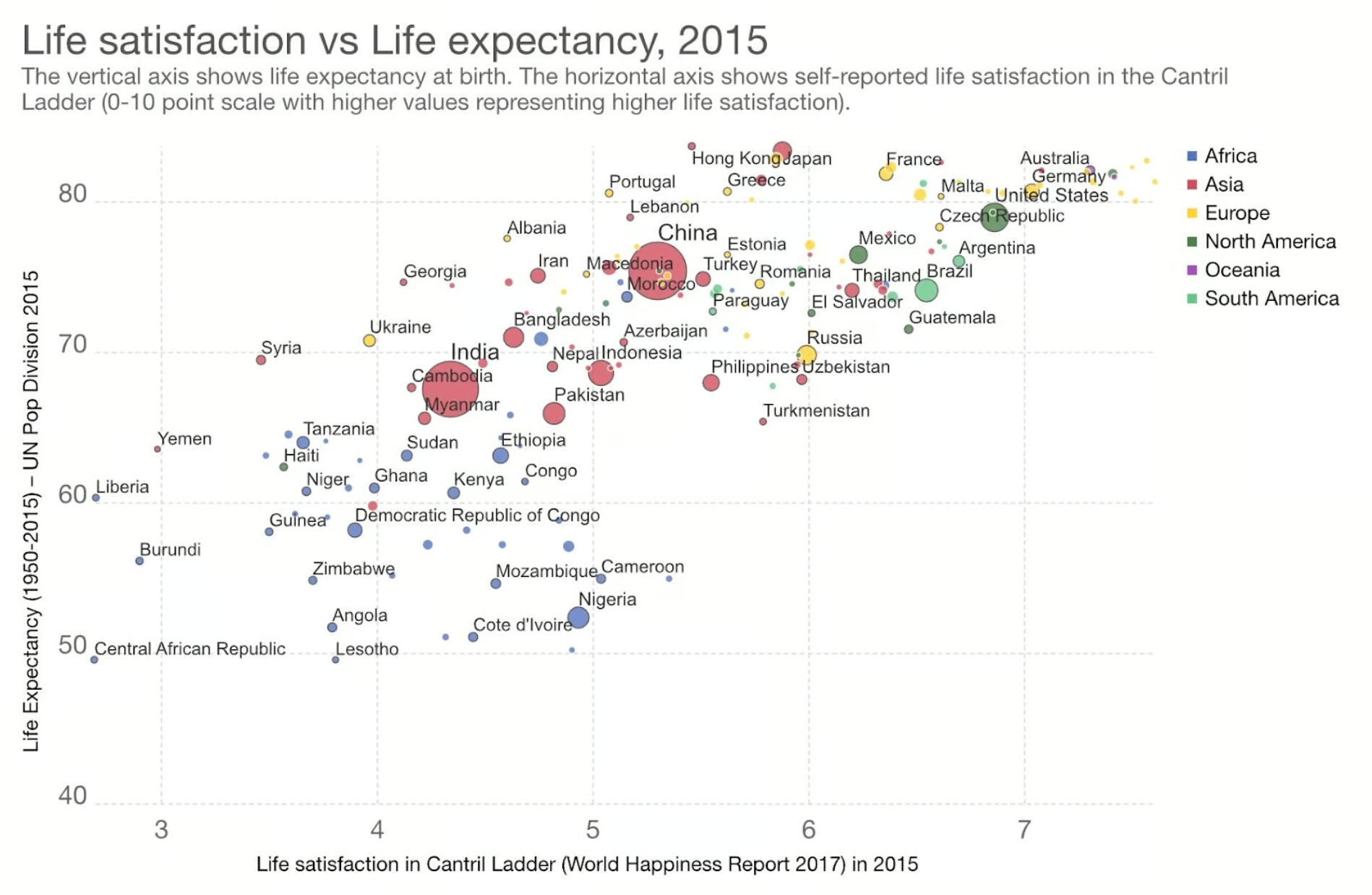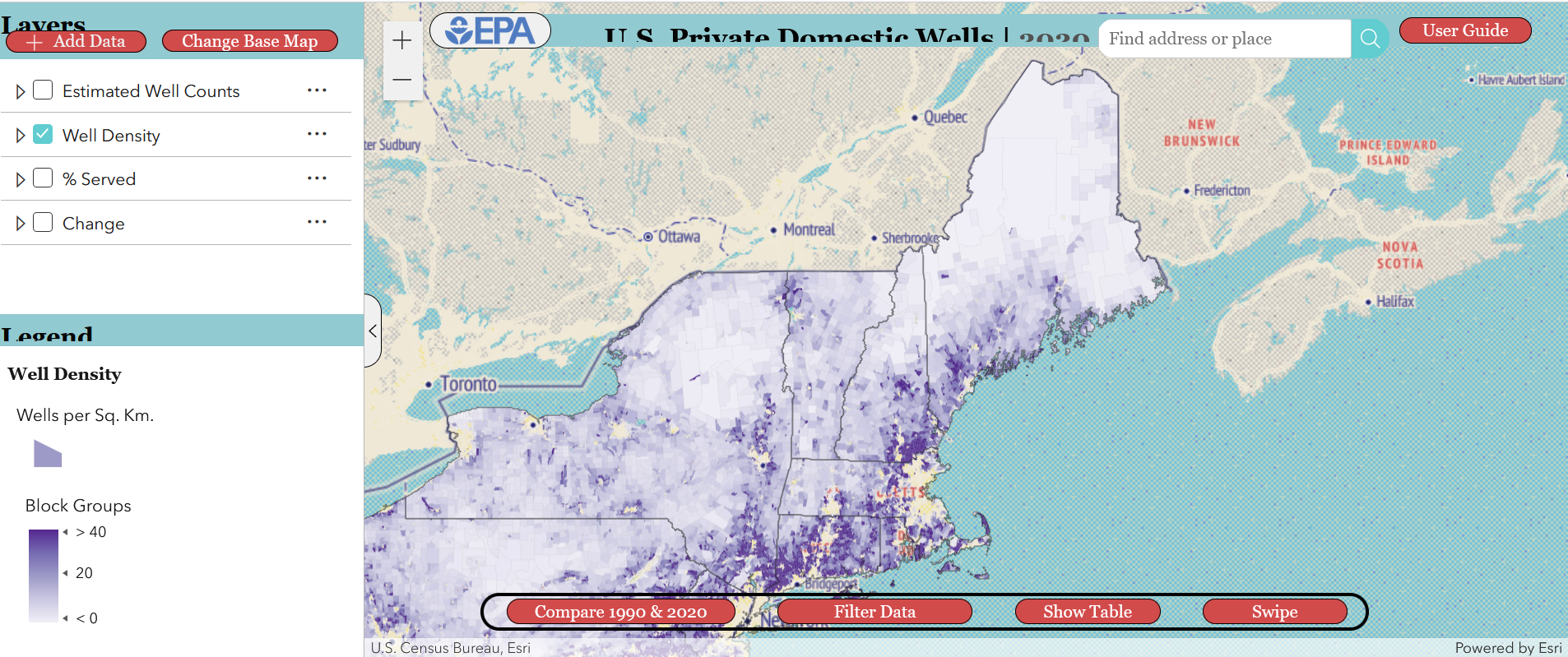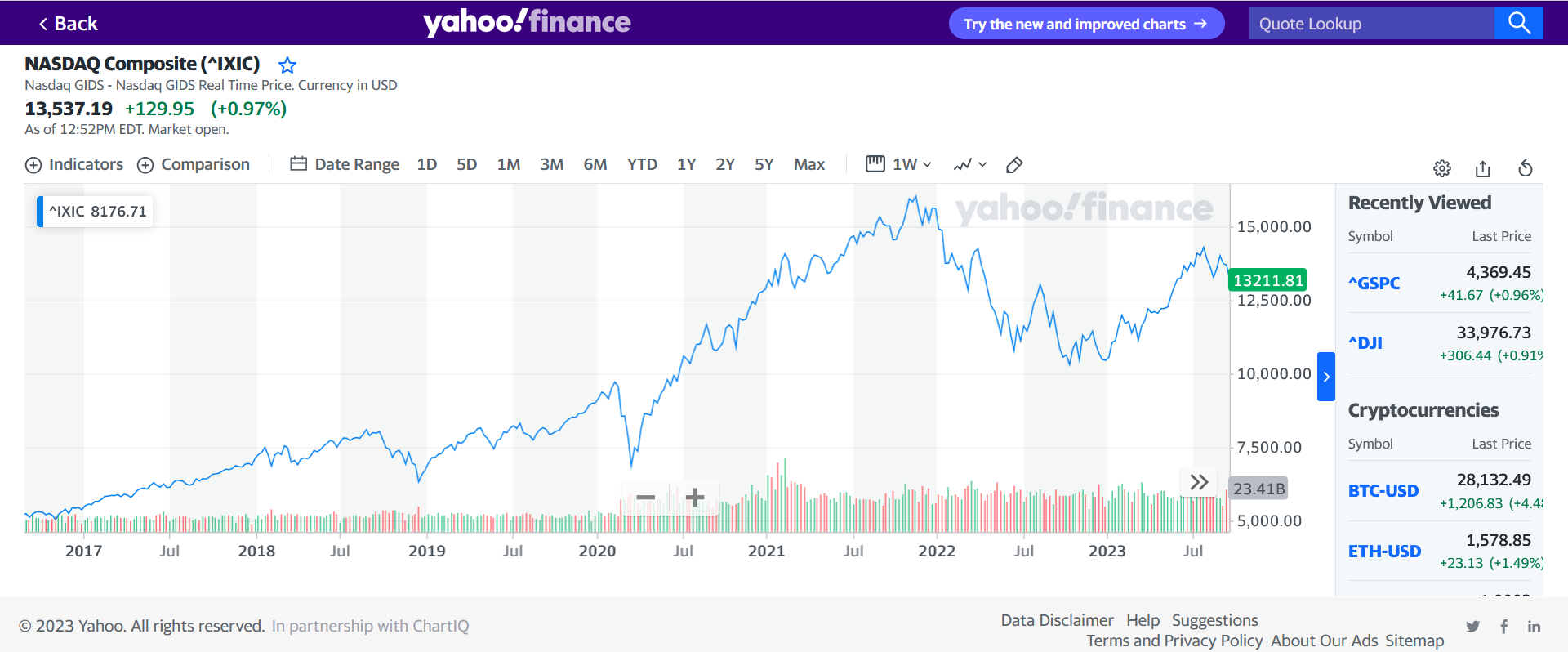walkData<-read_csv("data/walkability.csv")
walkData %>%
select(CBSA_Name,CBSA_POP,NatWalkInd) %>%
separate(CBSA_Name,into=c("cities","states"),sep=",",extra="drop") %>%
filter(CBSA_POP>5000000) %>%
ggplot(aes(x=reorder(cities,NatWalkInd,median),y=NatWalkInd)) +
geom_boxplot() +
coord_flip() +
labs(x="Walkability Index",y="CBSA") Environmental Data Analysis & Visualization
Warm-up exercise
Create a new file system and Quarto document for this lecture. Download the walkability.csv dataset. Using pipes, create a dataset of with the following variables:
Core-Based Statistical Area (CBSA) name (excluding the state)
Population (only above 5 million)
National Walkability Index
Show the distribution of walkability index scores for all CBSAs in this new dataset
Warm-up exercise

Visualization critique

Visualization critique

https://www.toptal.com/designers/data-visualization/data-visualization-best-practices
Visualization critique

https://experience.arcgis.com/experience/be9006c30a2148f595693066441fb8eb/page/Map/
Dataset of the day
Stock market data

When does “when” matter?
NASA Scientific Visualization Studio (https://svs.gsfc.nasa.gov/5137/)
Time: what is it?
R can store time as character values.
"2023-10-19""10/19/2023""17:05:00"
Time: what is it?
It can also store some kinds of time data as numbers:
20231019
Time: what is it?
Time as data is a strange beast.
Time by itself isn’t something that varies in a meaningful way.
Time has a defined order, but you can’t really count time, nor can you really treat it like a number.
Time: what is it?
R can also recognize time as particular objects like date and date-time objects. For example:
Handling time data
The lubridate package lets us convert between other values and time objects.
Handling time data
Handling time data
Visualizing time data
NASDAQ Composite data
# A tibble: 65 × 7
Date Open High Low Close `Adj Close` Volume
<chr> <dbl> <dbl> <dbl> <dbl> <dbl> <dbl>
1 7/18/2023 14212. 14397. 14176. 14354. 14354. 4824070000
2 7/19/2023 14399. 14447. 14317. 14358. 14358. 5112420000
3 7/20/2023 14273. 14310. 14031. 14063. 14063. 5128020000
4 7/21/2023 14148. 14179. 14020. 14033. 14033. 5254180000
5 7/24/2023 14082. 14110. 13997. 14059. 14059. 4083070000
6 7/25/2023 14093. 14202. 14093. 14145. 14145. 3812470000
7 7/26/2023 14124. 14187. 14042. 14127. 14127. 4322000000
8 7/27/2023 14319. 14360. 14007. 14050. 14050. 5115840000
9 7/28/2023 14200. 14344. 14188. 14317. 14317. 4453520000
10 7/31/2023 14338. 14371. 14293. 14346. 14346. 4934440000
# ℹ 55 more rowsVisualizing time data

Visualizing time data

Activity: Visualizing time data
Load the openintro package to access the nycflights data
Create a pipe that
subsets the data to Delta Airlines (DL) flights only
combines the year, month, and day into a single date column
convert to a table of counts using the
countfunction
Plot this new data as a line graph using geom_line.
Activity: Visualizing time data

Next time
Data storytelling
Introducing
sfMaking and plotting vector data